-
When you click on links to various merchants on this site and make a purchase, this can result in this site earning a commission. Affiliate programs and affiliations include, but are not limited to, the eBay Partner Network.
-
Posts
2,866 -
Joined
-
Last visited
Content Type
Profiles
Forums
NGC Journals
Gallery
Events
Store
Downloads
Posts posted by rbrown4
-
-
I found this one I had forgotten about, while going through a box of mercury dimes.
Rey
An 1883 - (I suspect as being cleaned in the past)
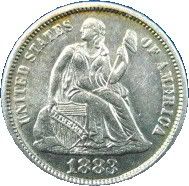
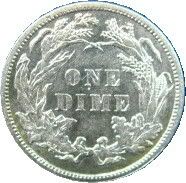
-
Sy,
Nice to see you on here, haven't seen you in awhile.
Here is an 1837 No Stars Dime
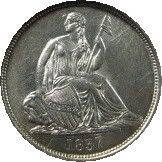
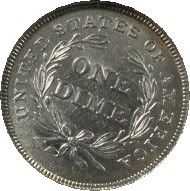
-
I have never posted this 1932 D Washington on here before so thought I would share. I initially thought it had been slightly wiped so I submitted to ANACS. Came back MS 64. Sometime in the near future I will submit for crossover.
Rey


-
Love that Gold.

Rey
-
D.D.
The Arkansas may be a higher grade but coins with the toning and "character" of yours above are just as nice to look at. Like comparing apples and oranges I think. Yours is


-
Doogy,
Could not view your images of the Walkers. Would love to see them.
This arrived today, 1936 D Arkansas Comm.
Rey
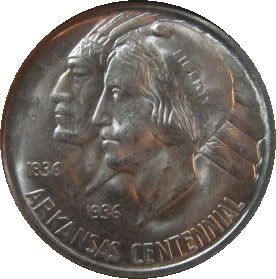
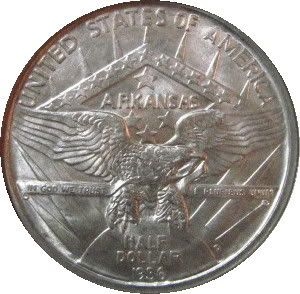
-
Picked this Waterloo up today. After I saw the one that Maulemall found, I went on a quest. From the Royal Mint, one of 2500.
Rey
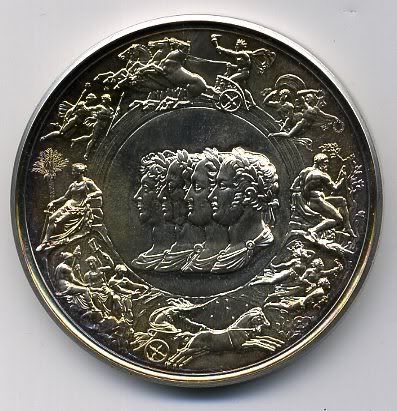
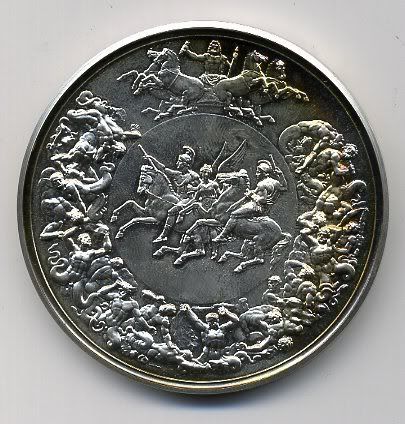
-
Something about these nice Lincolns that keep showing up. They look fantastic. I need to pay more attention to mine I believe.
Nice coins Lee.
Rey
-
A new addition I am acquiring from a fellow member on here. Just wanted to share, 1819/8 Large Cent.

Thanks Zach,

Rey
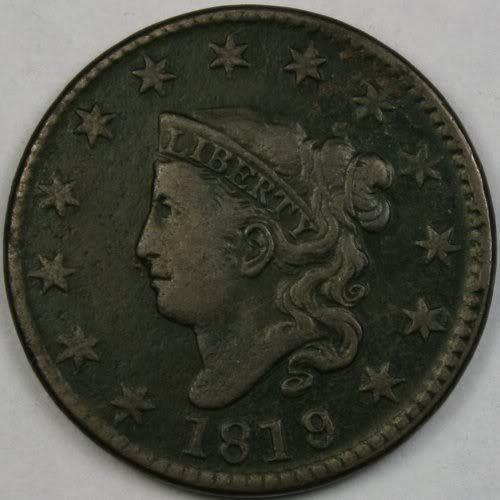
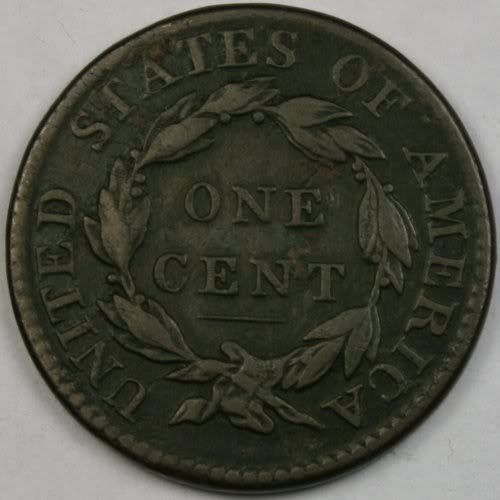
-
Yarm,
Another lovely medal. I really like these. Keep them coming. They are so expressive.
Rey
-
Bob,
Tremendous MPL

Rey
-
Dooley,
Sorry but I can not determine which it is. Have not seen enough to tell the difference. Perhaps someone else can.
Rey
-
Irvin- That image is great, proofs give me a fit, very beautiful coin.
Mike - That is a nice 1832, the characteristics of it are unique looking.
Dooley - If you open it you will just have to figure out what grades you think you have on this one. Send it to me so you don't have to be bothered.
Here are four new coins I acquired going through my folk's filing cabinets this weekend. Came upon some nice surprises here and there, but these four were together. Apparently because the mintmarks were off a little from each other, not too unusual as far as I know but the Full Split Bands I like.
Rey

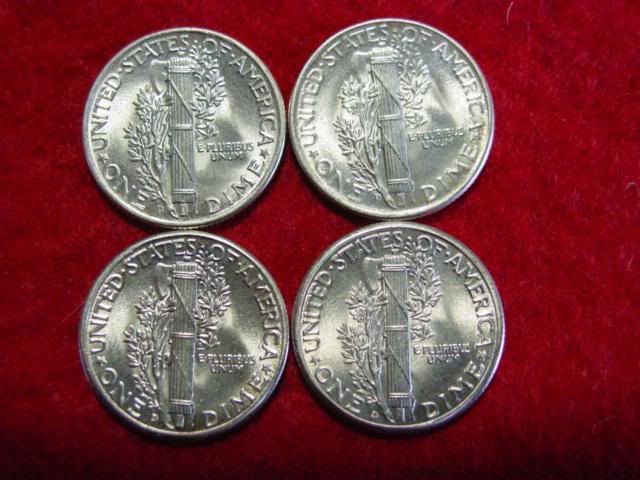
-
Dooley,
Nice Canadian Five Cents.
 There are two varieties to this year 1880 H. The difference is in the hair to the side of the ear, but I can not tell from the pics which it is.
There are two varieties to this year 1880 H. The difference is in the hair to the side of the ear, but I can not tell from the pics which it is. F2-Hair to the side of the ear has a slight S curl to the braid. F3- The hair to the side of the ear curves up and is then flat to the ear. Big difference in value. The F2 variety can be 3 to 4 times as much in most grades F through AU. I am guessing this is EF/XF??
Wish it were mine.
Rey
-
Yarm,
You correct it is a 5 Kopecks. Mine is so worn that the edge is barely noticeable but it is quite interesting.
-
Here is another Shield


-
Really like the Washington Quarter and the Walker, great toning and eye appeal. Excellent acquisitions.

Rey
-
It is about the diameter of a US silver dollar and between 1/8th and 1/4 inch thick, very heavy.
I believe it is a 2 Kopecks.
Even more interesting is that he used to carry an 8 Reale 2 bit piece for good luck and it is now lost under the seat of their car, has been for 10 years. I will find it someday.
Rey
-
Irvin, nice Hudson Medal. Just think if you had the automobile as well.
Here is a Russian Coin that I already had one of and found that my Dad was using this other one for a paperweight on his desk.


-
Nice looking 1855 Quarter dollar.

Rey
-
Ahhhh, the long lost Irvin Horde,

You know it isn't nice to not share....

Rey
-
Nothing fancy here, just a typical Morgan. I like looking at all of them.
Rey
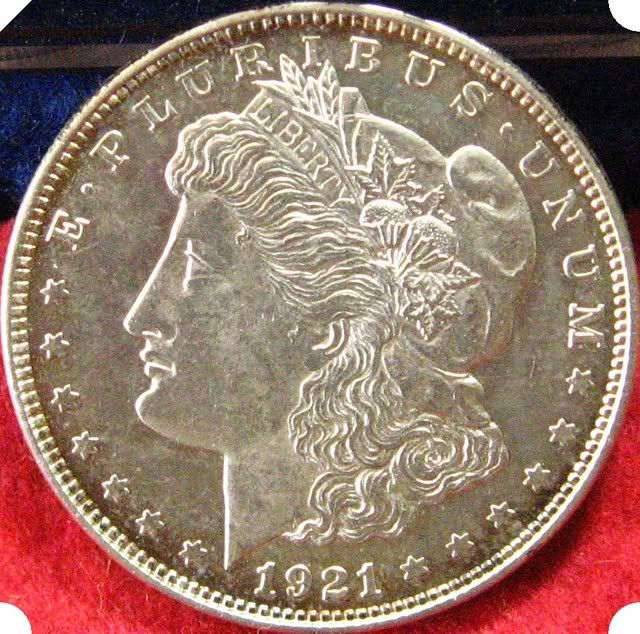
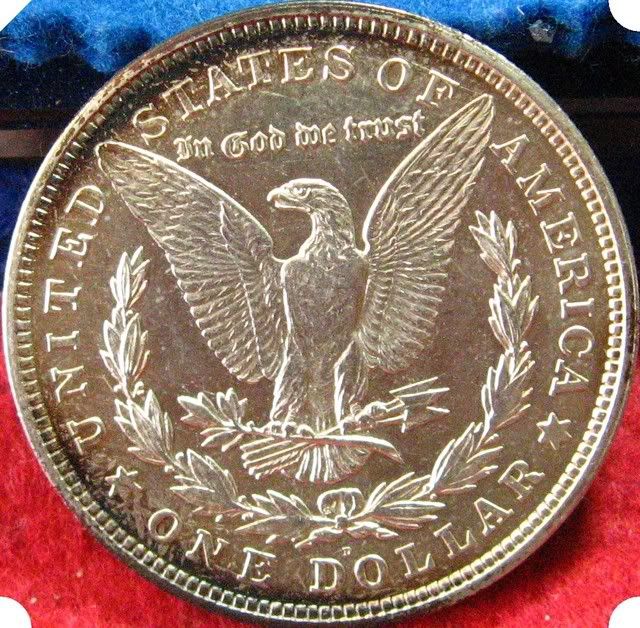
-
-
Dooley,
Any particular reason you didn't show the Obverse? (perhaps it shows the year)

Rey



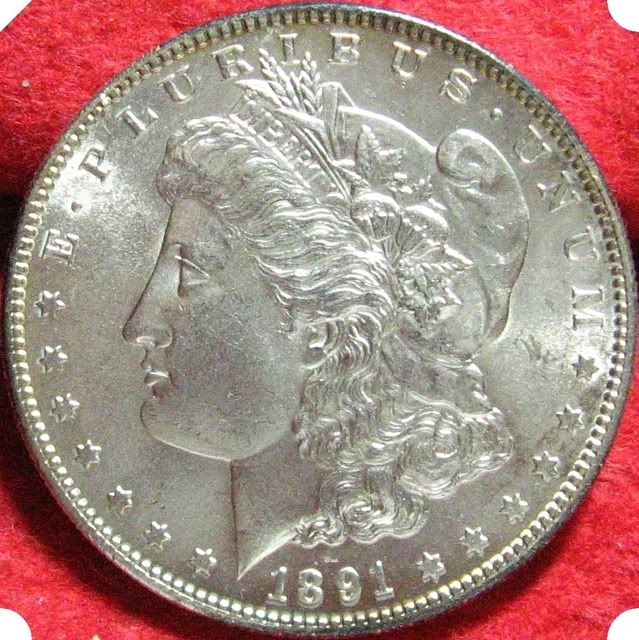
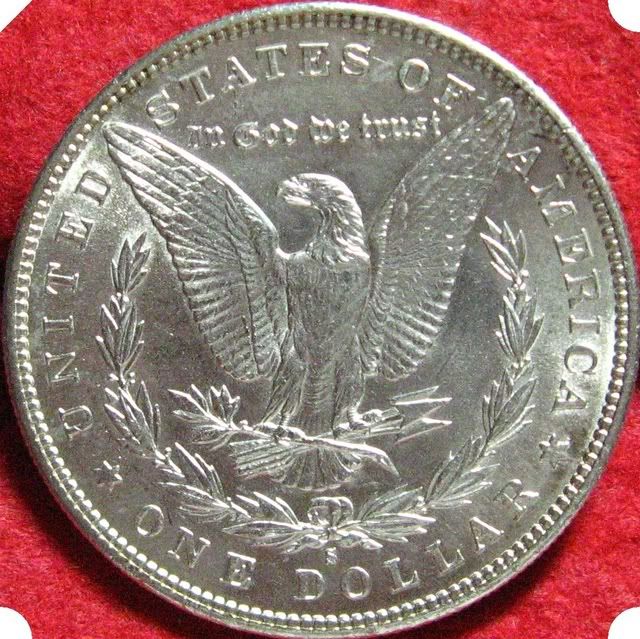
Post your most recent acquisition: World
in US, World, and Ancient Coins
Posted
I received the Waterloo Medal in the mail today. Maulemall was not kidding when he said I would be surprised at the heft of the piece. These pictures show the toning much better and also shows the size next to a Franklin Half.
Produced from reductions of the original Waterloo medal dies engraved by Benedetto Pistucci between 1819 and 1849. The original dies were engraved at a diameter of 137 mm and consisted of an inner and outer part. They took thirty years to complete, but were considered too lare to be safely hardened for striking. It was commissioned to commemorate the efforts of the victorious Allied forces at the Battles of Les Quartre Bras adn Waterloo. The diameter of this piece is 63 mm.
The obverse is an allusion to the Treaty of Peace resulting from the battle of Waterloo. The central portion of the design depicts the busts of the four allied sovereigns of the period; Prince Regent (later George IV), Francis II of Austria, Alexander I of Russia and Frederick William II of Prussia. A number of mythical figures, among them Apollo the Themis, appear around the circumference of the medal. The central group on the reverse consists of two classical equestrian figures who bear the features of the Duke of Wellington and Field Marshal Von Blucher, the Prussion leader. Between them appears the representation of a flying victory and, above, the imposing figure of Jupiter. A composition of many figures representing the Battle of the Giants forms a border around the inner part of the design. The nineteen figures, tumbling from theri assuult on heaven, represent the confusion of the defeated enemy and the nineteen years suration of the Napooleonic Wars. .925 Silver, 63 mm and one of 2500 struck by the Royal Mint.
Rey